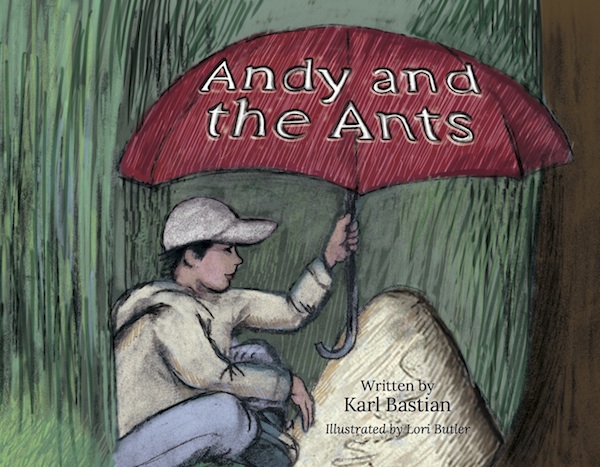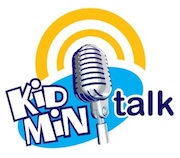While our church is between youth pastors, I’ve been leading our yourh ministry. I’ve been a Kids & Youth Pastor in the past, and done this interim role before – and I always enjoy it. People often ask me how is teaching teenagers different from teaching kids, or preaching to adults for that matter. Honestly, I love it. It’s the best of both worlds!
Too many youth pastors, I think, teach them as though they are already adults – as though they are suddenly “too cool” for the “kid stuff.” I beg to differ. Instead, I find you get to enjoy a really fun blend of both styles.

Teenagers are not little adults.
Don’t let those those big bodies fool you! They may start to interact as peers, but they are FAR from peers. If you want to be effective in ministry with teens, you must respect them as emerging adults, but secretly understand that they are more big kids than little adults. And actually still crave kids stuff more than they will admit.
Let’s talk simple brain development. How is the teenage brain different from the chid they were just a few years ago and the adult they will become in few more?
Kids 10 and under can’t think abstractly, so concepts like faith, love, hope – or even more challenging – substitutional payment for sin – can be challenging to explain. Hence the use of storytelling and object lessons in children’s ministry.
As children enter the teenage years they begin to think abstractly. And many really start to enjoy it and start asking good questions or even making surprisingly deep statements as their minds begin to make connections between knowledge and wisdom. It’s an exciting time to teach! They also start shifting from the childhood mindset of obeying adults to listening to adults and choosing to accept (or reject) what the adult is telling them.
Which means that our role shifts from mere teaching to also persuading.
The mistake too many leaders/teachers of teens make it to make too quick a jump from how to teach kids to how they teach teens. Kids ministry (done well) will be fast paced, high-energy and keep the kids moving through a variety of elements rarely longer than 10 minutes. If a segment needs to be longer, it should be broken up, even by something as quick as a “jump up – spin around – sit back down” moment to keep the kids engaged. One might wonder about 30-minute kids video programing? Watch the show and you’ll quickly notice they are still made up of short segments, which is why kids can hit pause and pick up right where they left off. It’s they the average YouTube video is 7-8 minutes. (Come to think of it, aren’t most popular youth video apps only 30 seconds to 2 minutes of videos? Seems teens might have an even shorter attention span!)
The key to teaching teens is to kick off with fun, but then shift to the more serious. One major difference though – with kids you may focus more on information – teaching what they need to know – but as kids get older and into the teenage years your focus needs to shift from mere what to WHY. First of all, they likely already know a lot of the what, so you’re bore them – and even if they don’t, without the why, they’ll have little interest in the what.
However, you persuade them with WHY content matters, not only will they listen, they will seek out more information on their own. Kids want to learn for the sake of knowledge. Teens want to learn for the sake of application. They want to know why the information is important.
Another way to phrase it is, you have to answer their internal question, “So what?” It’s not a sarcastic disrespectful “so what,” it’s a genuine inquiring “so what?” In other words, “Why should I learn this? When will I need it or use it?” Answer that question and you’ll have eager learners on your hands. Yes, even teenagers with notoriously short attention spans.
There is an old, but proven formula:
HOOK: Start with something that draws them in. A game, a comedy routine, funny story, an interactive activity, or simply a thought-provoking question but something that introduces your topic and creates curiosity.
BOOK: Read some scripture that provides an answer or solution from God’s Word to show how relevant and practical the Bible can be.
LOOK: Explore the topic but keep it fun, engaging, interactive and use current examples they can relate to.
TOOK: Provide a real life practical application – something they can DO as a result of your lesson/talk. If it is just knowledge, it is useless to them. They something to DO with what you shared to make it matter.
In short – don’t treat teenagers like kids, but don’t treat them like little adults either. I think they are one of the most enjoyable ages to teach. You can have so much fun, but you can go deep too. As a result – you can see so much real life change as a result!








